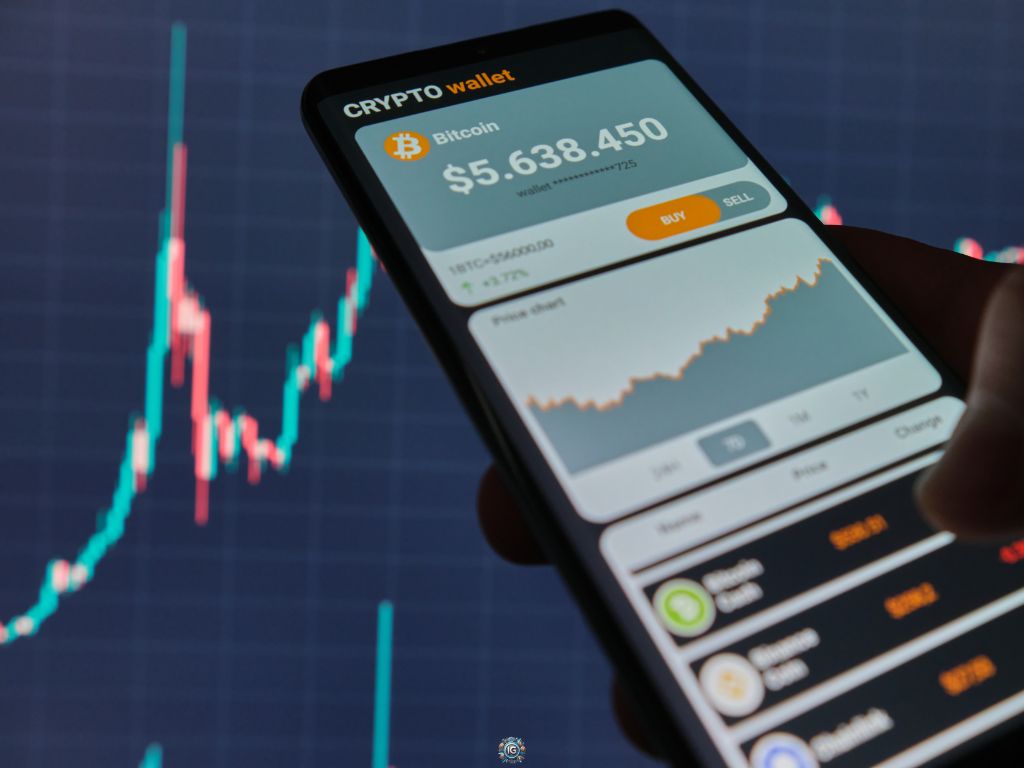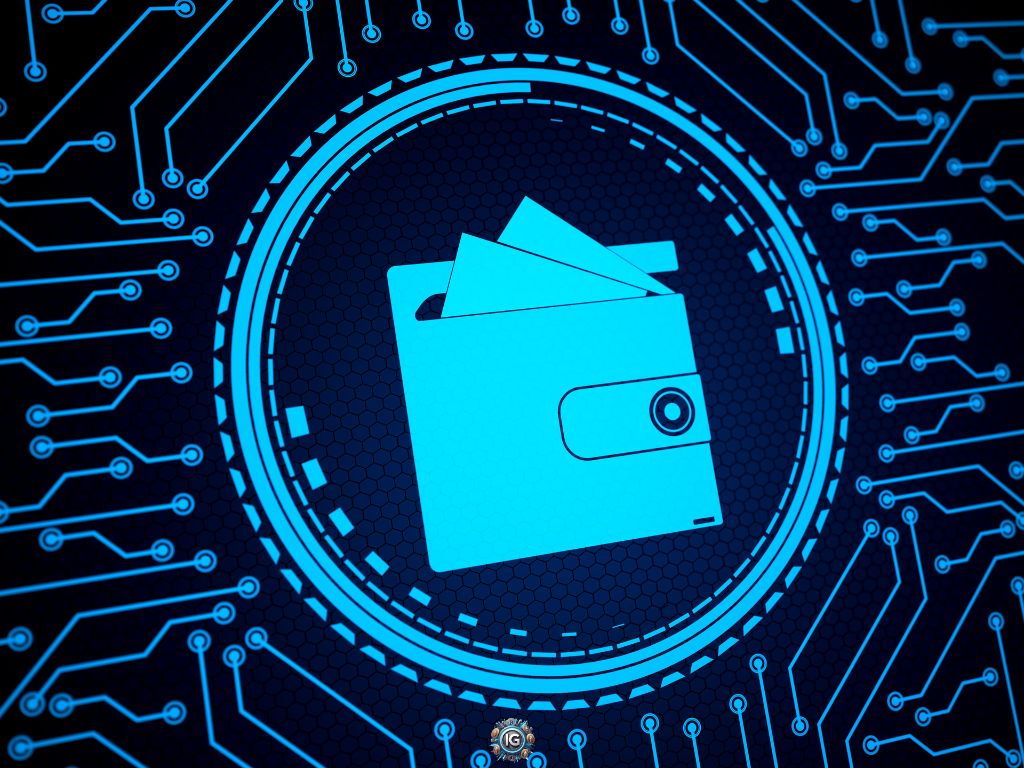Introduction
Imagine giving someone your bank account number to send you money — but if you mess up a single character, the money disappears forever. No refunds, no support line and no undo.
That’s the world of crypto addresses.
These seemingly random strings of letters and numbers are more than just wallet labels. They’re the backbone of every blockchain transaction, the front-facing side of cryptographic keys that grant access to real, irreversible value.
If you don’t understand how they work — or how they can go wrong — you’re not just risking inconvenience… you’re risking everything you own.
In this guide, you’ll learn what a cryptocurrency address really is, how it’s generated, why formats matter, and the safety mistakes that still drain wallets daily.
Because in crypto, knowledge isn’t just power — it’s protection.
Key Takeaways
- A crypto address is a unique string used to send and receive digital currency — like an email address, but for blockchain.
- It’s derived from your public key, while your private key gives full control over the funds behind it.
- Different blockchains use different address formats (e.g., Bitcoin: 1, 3, bc1 — Ethereum: 0x…).
- Address types include single-use, vanity, multi-signature, and smart contract addresses.
- To stay safe: always double-check addresses, use QR codes, protect your private key, and avoid scam redirects.

What Is a Cryptocurrency Address?
A cryptocurrency address is a public-facing identifier that lets you send and receive digital assets across a blockchain network.
Think of it like your email address — anyone can use it to send you messages, or in this case, crypto. But unlike email, there’s no password reset, no customer service, and no margin for error. If a transaction goes to the wrong address, it’s gone for good.
Technically, a crypto address is a shortened, encoded version of a public key — created through complex cryptographic hashing algorithms. It represents one half of a key pair:
- The public key is used to receive funds.
- The private key gives you full control to send, spend, or transfer those funds.
No address exists in isolation. It’s always tied to a private key — even if that key stays hidden behind a hardware wallet or multi-sig protocol.
What makes a crypto address so powerful is also what makes it risky: ownership of the address equals access to the funds — and the blockchain doesn’t forgive mistakes.
How Do Crypto Addresses Work?
Every crypto address starts with a key pair — one public, one private. These keys are generated using powerful cryptographic algorithms designed to be mathematically linked, but impossible to reverse-engineer.
Here’s what happens behind the scenes:
- Your wallet creates a private key.
This is a long, randomly generated number — your ultimate proof of ownership. Whoever holds this key controls the funds. Lose it, and your assets are gone. Share it, and so is your security.
- From that private key, a public key is generated.
This public key is mathematically tied to the private one. But crucially, the relationship only works one way: the private key can create the public key, but not the other way around.
- The public key is hashed and encoded into a readable format — your crypto address.
This is the version you actually see and share. It might start with 1, 3, or bc1 in Bitcoin, or with 0x in Ethereum. It’s optimized for sharing, scanning, and broadcasting — but it’s still just a mask for the cryptographic machinery underneath.
When someone sends you crypto, they’re broadcasting a transaction to your address. The blockchain records that transaction — and only your private key can unlock those funds.
The takeaway? A crypto address is just the tip of the iceberg. Underneath it lies a cryptographic system that defines ownership, access, and control — with zero room for error or forgiveness.

Common Cryptocurrency Address Formats (With Examples)
Not all crypto addresses are created equal — and using the wrong format on the wrong network can lead to lost funds, unrecoverable errors, or failed transactions.
Here’s what you need to know about how crypto addresses vary across major blockchains:
🟠 Bitcoin (BTC)
- Legacy addresses start with 1 (e.g., 1A1zP1eP5QGefi2DMPTfTL5SLmv7DivfNa)
- P2SH (Pay to Script Hash) addresses start with 3
- Bech32 (SegWit) addresses start with bc1 — these are more efficient and cheaper to use
✅ Always double-check format compatibility — some wallets or exchanges may not support older types.
🟣 Ethereum (ETH)
- All addresses start with 0x followed by 40 hexadecimal characters (e.g., 0x742d35Cc6634C0532925a3b844Bc454e4438f44e)
- These represent wallet or smart contract addresses
- Case-sensitive when checksums are used
✅ Ethereum addresses can’t be used for Bitcoin, and vice versa — even though they may look familiar to the untrained eye.
🟡 Litecoin (LTC)
- Legacy addresses may start with L or M
- SegWit addresses start with ltc1
- Similar to Bitcoin, but using the wrong network = lost coins
✅ Sending Litecoin to a Bitcoin address format (even if it “looks” compatible) is one of the most common user errors.
🔵 Ripple (XRP)
- XRP addresses are short alphanumeric strings (e.g., rEb8TK3gBgk5auZkwc6sHnwrGVJH8DuaLh)
- Often require a destination tag to identify the user within an exchange or platform
⚠️ Forgetting the destination tag is a classic mistake — it won’t always stop the transfer, but it can lock your funds in limbo.
Other cryptocurrencies (like Bitcoin Cash, Cardano, or Polkadot) each have their own address formats and compatibility quirks. Always verify the correct format before initiating a transaction — because once it’s sent, there are no do-overs.

Types of Crypto Addresses (And Why They Matter)
Most people think a crypto address is just a single, static string — one address forever. But that’s not how modern crypto wallets are designed.
In reality, there are multiple types of addresses, each with a unique function, security model, or use case.
Here’s what you need to know:
🔁 Single-Use Addresses
Many wallets generate a new address for every transaction — even for receiving funds.
Why? Privacy. If someone reuses the same address repeatedly, it becomes easy to track their activity on-chain. Single-use addresses help break that visibility, giving you more anonymity and protection against surveillance or pattern mapping.
✅ Best practice: always let your wallet auto-generate new receiving addresses when possible.
✨ Vanity Addresses
These are customized addresses that include specific words, characters, or branding elements. For example:
1CryptoFanABC123xyz — instead of a random string.
They’re mostly aesthetic — and often used by influencers, early adopters, or brands that want a recognizable address.
⚠️ Warning: Vanity addresses often require brute-force generation, which may expose private key security if done using untrusted tools.
🔐 Multi-Signature (Multi-Sig) Addresses
These addresses require multiple private keys to authorize a transaction — often used in joint wallets, DAOs, and institutional accounts.
Example: 2-of-3 multisig means any two out of three parties must approve a transaction before funds can move.
✅ Excellent for added security — even if one key is compromised, the funds remain locked.
🤖 Smart Contract Addresses
Used on platforms like Ethereum, these aren’t controlled by a person — they’re controlled by code.
When you interact with a DApp, DeFi protocol, or NFT contract, you’re sending crypto to a smart contract address. These can hold, redirect, or automatically execute transactions based on predefined logic.
⚠️ Smart contract addresses can’t return funds unless programmed to — don’t send tokens to them unless you know they’re designed to accept them.
Understanding these address types isn’t optional. It’s how you avoid costly errors, boost your privacy, and add layers of security to your crypto game.
How to Use a Crypto Address Safely
In crypto, one wrong character can cost you everything — and there’s no customer service to bail you out. That’s why knowing how to use a crypto address safely isn’t optional… it’s survival.
Here’s how to protect yourself every time you send or receive digital assets:
✅ Always Double-Check Before Sending
Copy-paste errors, invisible typos, and clipboard malware are real.
Always confirm the entire address string, not just the first and last few characters. Better yet — verify using a test transaction when sending large amounts.
- Once funds are sent to the wrong address, they’re usually gone forever. No rollback. No refund.
📷 Use QR Codes Whenever Possible
Most modern wallets offer QR code options for receiving payments.
This reduces the risk of human error — no manual entry, no misclicks.
- Scanning is always safer than typing.
🔐 Secure Your Private Key (and Seed Phrase)
Your address is public — but your private key is sacred.
Store it offline, preferably in a hardware wallet, or write it down and lock it away. Never store it in cloud drives, emails, screenshots, or unsecured devices.
- If someone gets your private key, they own your funds. Period.
⚠️ Watch Out for Scam Redirects and Address Swaps
Malware can hijack your clipboard and replace copied addresses with an attacker’s. Always confirm pasted addresses before sending — especially for large or unusual transactions.
- Tip: Use wallets that show you the recipient name or address checksum before sending.
💾 Backup Your Wallet (the Right Way)
A failed hard drive or lost phone shouldn’t mean lost funds.
Back up your wallet’s seed phrase or recovery key in at least two secure, offline locations. That’s your lifeline if anything goes wrong.
- Treat your backup like a vault — not a sticky note.
Crypto addresses don’t forgive mistakes. The only insurance policy you have… is your own attention to detail.

FAQs (Frequently Asked Questions)
1. Can I reuse a cryptocurrency address?
Yes, but it’s not recommended. While reusing an address is technically possible, it compromises your privacy by making all associated transactions publicly traceable. Many wallets now generate a fresh address for every transaction to increase anonymity and security.
2. What happens if I send crypto to the wrong address?
You lose it — permanently. Blockchain transactions are irreversible. If you send crypto to a valid address that you don’t control, there’s no way to recover it unless the recipient voluntarily sends it back. Double-check before every transaction.
3. Are all crypto addresses the same?
No — every blockchain has its own format. For example, Bitcoin addresses start with 1, 3, or bc1, while Ethereum addresses start with 0x. Sending crypto to an incompatible address format will likely result in permanent loss of funds.
4. Do crypto addresses ever expire?
Not technically, but they can become inactive. Most crypto addresses stay valid indefinitely. However, some wallet providers deprecate old addresses for security reasons, or automatically generate new ones for each transaction to protect user privacy.
5. Can someone steal my crypto if they know my address?
No — your public address alone isn’t enough. Anyone can send you crypto if they know your address, but only someone with your private key can spend or move your funds. That said, sharing your address publicly may invite spam or phishing attempts, so use discretion.

Conclusion: Your Crypto Address Is More Than Just a Code
Behind every crypto address is a direct link to real money — and no safety net.
Whether you’re sending Bitcoin, receiving Ethereum, or interacting with a smart contract, your address is the single most critical detail in every transaction. Get it wrong, and it’s not just a typo… it’s a permanent loss.
Understanding how crypto addresses work — how they’re created, how they differ by chain, and how to use them safely — isn’t optional. It’s the baseline for surviving and thriving in a decentralized system where you are your own bank.
So treat every address with the same respect you’d give a password or PIN — because in crypto, the only thing more powerful than your private key… is the knowledge that protects it.
🔗 Explore more crypto terms in our Comprehensive Cryptocurrency Glossary.
